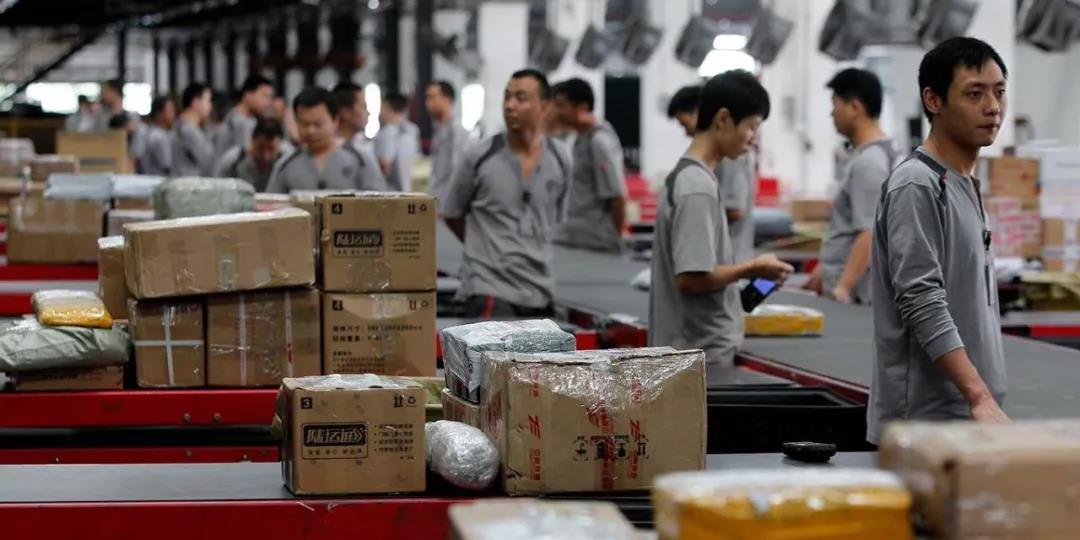
2018年1月24日,复旦大学经济学院院长、中国经济研究中心主任张军教授在Project Syndicate官网上发表文章:中国伟大的城市竞赛 (China’s Great City Rivalries)。

报业辛迪加(Project Syndicate)被称为“世界上最具智慧的专栏”,作者来自全球顶级经济学者、诺奖得主、政界领袖,主题包括全球政治、经济、科学与文化塑造者的观点,为全球读者提供来自全球最高端的原创文章、最具深度的评论,为解读“变动中的世界”提供帮助。
以下为文章全文:
In recent years, as China's economy has become increasingly reliant on high-tech and modern service industries, jobs and growth have become concentrated in a few high-productivity cities. In fact, it is this inter-urban competition that has driven China's economic transformation.
China's traditional industries are suffering. In the last five years, the country's northeastern region – once a hub of basic industries like oil and steel – has been facing accelerating decline, as have the rich mineral resource centers in places like Hebei and Inner Mongolia. Over the last decade, about one-third of China's 600 cities have contracted. The prospects of dispersed rural populations far away from China's megacities have diminished as well. But all this bad news is actually a result of what is widely considered very good news: China's economic transformation is progressing.
In recent years, China's economy has becoming increasingly reliant on new high-tech and modern service industries, including mobile Internet, artificial intelligence, smart cars, drones, robots, virtual reality, wearable device manufacturing, green technology, and more. Meanwhile, jobs and growth have become increasingly concentrated in some high-productivity megacities, making them magnets for skilled labor and venture capital – and leaving hubs of traditional industries in the dust.
The rapid growth in China's high-tech industries was thrown into sharp relief earlier this month at the annual Consumer Electronics Show (CES) in Las Vegas, Nevada, where Chinese firms accounted for 40% of all exhibitors – a figure that would have been unthinkable just five years ago. Many of those firms are from Shenzhen, China's first special economic zone and now the country's most innovative city.
But Shenzhen is not alone. Several other Chinese cities – for example, Beijing, Shanghai, Guangzhou, Chengdu, and Xi'an – are also working to foster cutting-edge industries. In fact, these cities' competition to generate stronger growth than their counterparts – a contest sustained by the political incentives the central government has long provided to local officials – has played a driving role in China's rapid industrialization and ongoing structural transformation.
In the short term, it is difficult to assess precisely the role of inter-urban competition in promoting the development of China's high-tech industries, though there are undoubtedly some negative effects. But, over the long term, the outcomes of such horizontal competition are generally positive, owing to the incentives it creates for local government officials to think creatively, experiment effectively, and pursue forward-looking policies.
Indeed, studies carried out by economists, including me, have shown that competition among local governments made a major contribution to the rapid industrialization that China experienced in the 1990s. A key reason for this is that land – which plays an important role in early industrialization – is owned and managed largely by local governments in China. So Chinese county governments used land as leverage in order to attract foreign-direct investment, particularly in the Pearl River Delta and the Yangtze River Delta in the 1980s and 1990s.
Over the last decade, such regional competition has persisted, but has increasingly been led by major cities. Rising wages and sharply declining returns to capital in traditional industrial sectors have underscored the need to accelerate modernization – an imperative that has been reflected consistently in the central government's reform strategies. So China's major cities have been fostering innovative and high-tech industries and modern services in the new economy.
One of China's premier megacities has long been Shanghai. But, in recent years, Shenzhen has become a tech hub, and Hangzhou, where Alibaba is based, is a rising star in the digital economy.
Shenzhen's GDP reached some CN¥2.2 trillion ($343 billion) in 2017, higher than that of Hong Kong and Guangzhou, and surpassed only by Shanghai and Beijing. Now, officials in Shanghai and Guangzhou (the capital of Guangdong province, where Shenzhen is located) have added motivation to pursue new growth- and productivity-enhancing policies, including upgraded initiatives to attract entrepreneurship and human capital.g
China's major cities have created and implemented policy packages aimed at supporting innovative start-ups, as well as a series of measures to attract talent, including individual tax incentives, home-purchase subsidies, and attractive health-care and education benefits. The leaders of several big cities, including Shanghai, have lately called for a stronger commitment to such policies to be incorporated into broader efforts to improve the local business environment. Such comprehensive strategies have enhanced further the role of China's major cities in advancing structural change, and contributed to major shifts in the sources of economic dynamism of China.
Of course, such competition carries risks – in particular, short-sighted efforts to boost growth in ways that exacerbate misallocation of resources, overcapacity, and high financial leverage. But Beijing's government, for one, is attempting to mitigate these risks, by shifting its focus from encouraging the highest possible growth rate to ensuring higher-quality growth. In most cases, such sustainable growth will arise from major cities' pursuit of high-tech and modern service industries.
China's cities remain vital sources of economic growth for the country. While some will undoubtedly struggle, others will serve as critical engines of China's economic transformation, fueling dynamism across the entire global economy.
原文链接:https://www.project-syndicate.org/commentary/china-economic-transformation-urban-competition-by-zhang-jun-2018-01/chinese
